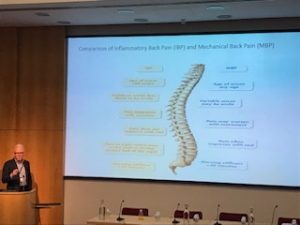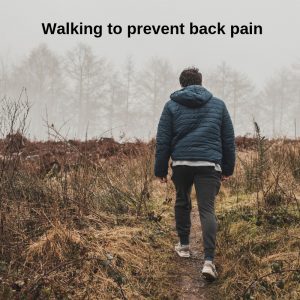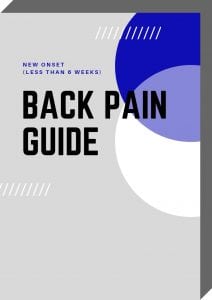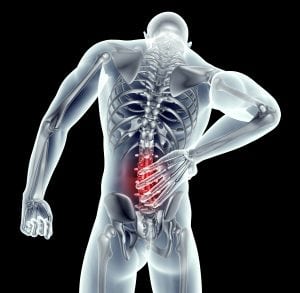Welcome to this blog about pacing and pain management! Pacing is a great way to gain control over your persistent pain symptoms, become more active and ultimately lead a healthier lifestyle. We’ll be exploring how pacing can help you experience less pain, have more energy and have a better social life. So, join us as we look at the positive changes that people with pain can make by using pacing.
Living with pain can be a challenge when it comes to striking the right balance between doing too much and doing too little. Do you find yourself stuck in a cycle of over-activity and under-activity? If you’re looking for a tool to help you take control of your pain, then pacing might be the answer.
What is pacing?
Pacing is a great tool for managing persistent pain as it helps you to gradually increase your activity levels, become fitter and healthier. It’s about knowing when to take a break from an activity before pain, tiredness or other symptoms become too much. You break up activities into active and rest periods, which reduces pain and helps you to achieve more. Pacing is taking a break before you need a break. It can help you reach your goals without your pain increasing or fatigue forcing you to stop.
People living with persistent pain find that pacing is one of the most important skills to learn and use. It’s not about decreasing the intensity of an exercise or doing less activity. Instead, it’s about changing the way you approach activities or exercises to help you increase strength and stamina.
Pacing is a tool that helps you increase your tolerance through gradually increased activity. The main benefit of pacing is that it gives structure to your day, helping you to feel more in control. As you keep practising, the amount you can do will gradually grow.
What is your adaptive coping strategy?
We all use different strategies when managing pain. Some are more helpful than others. Unhelpful strategies include over-activity (doing too much activity or too many tasks over a short space of time), under-activity (doing too little activity), and ‘boom and bust’ (using pain and energy levels as a guide to activity, which leads to a cycle of over-activity and under-activity). (feeling good one day and then doing lots, only to realise later that it was too much!)
Next, let’s explore how to switch to a pacing style and adopt a more useful strategy to manage persistent pain and lead a healthier lifestyle.
How to do pacing
1) Establish a baseline
Your baseline is the level of activity you can do without your pain flaring up or you becoming too fatigued. To begin, you need to establish a baseline for each activity. It’s important to not compare your starting level of activity to what you used to do before your pain or injury, as this can lead to an over-activity/under-activity cycle.
2) Plan your day and activity
Once you have established your baseline, it’s time to time your activities and plan ahead. You can use an effort scale of 1-10 to assess the effort level of an activity and make sure you don’t overdo it. For example, you may decide that cleaning the kitchen windows is a level 6 on your effort scale.
Aim for an effort level of 4-7 on the scale. If it’s 3 or less, experiment with spending more time on the activity and/or doing it faster. If it’s 8 or more, reduce it with more breaks and/or by doing it for a shorter time.
You can also plan to perform activities in chunks of time with rest periods. The rest periods could include stretching or relaxation breathing to help you manage your pain level while completing the task. Plus, you can make the rest period enjoyable by doing activities like listening to music or talking with a friend.
It’s also important to remember to pace yourself during sedentary activities like sitting, reading, and computer work. These activities are often overlooked when pacing but can still cause pain due to the constant stress on the neck and back.
Once you have set your baseline, you should gradually increase your tolerance. Use goal setting to help you, set short- and long-term goals and involve others in your pacing plan.
Now you know the basics of pacing and how it can help you take control of your persistent pain. So, why not give it a try and see the positive changes it can make in your life.
If you would like any further help with your pain you can book in for an appointment with Mark or look out for some of our workshops.
Mark Jessop- Chiropractor/ Better back coach




